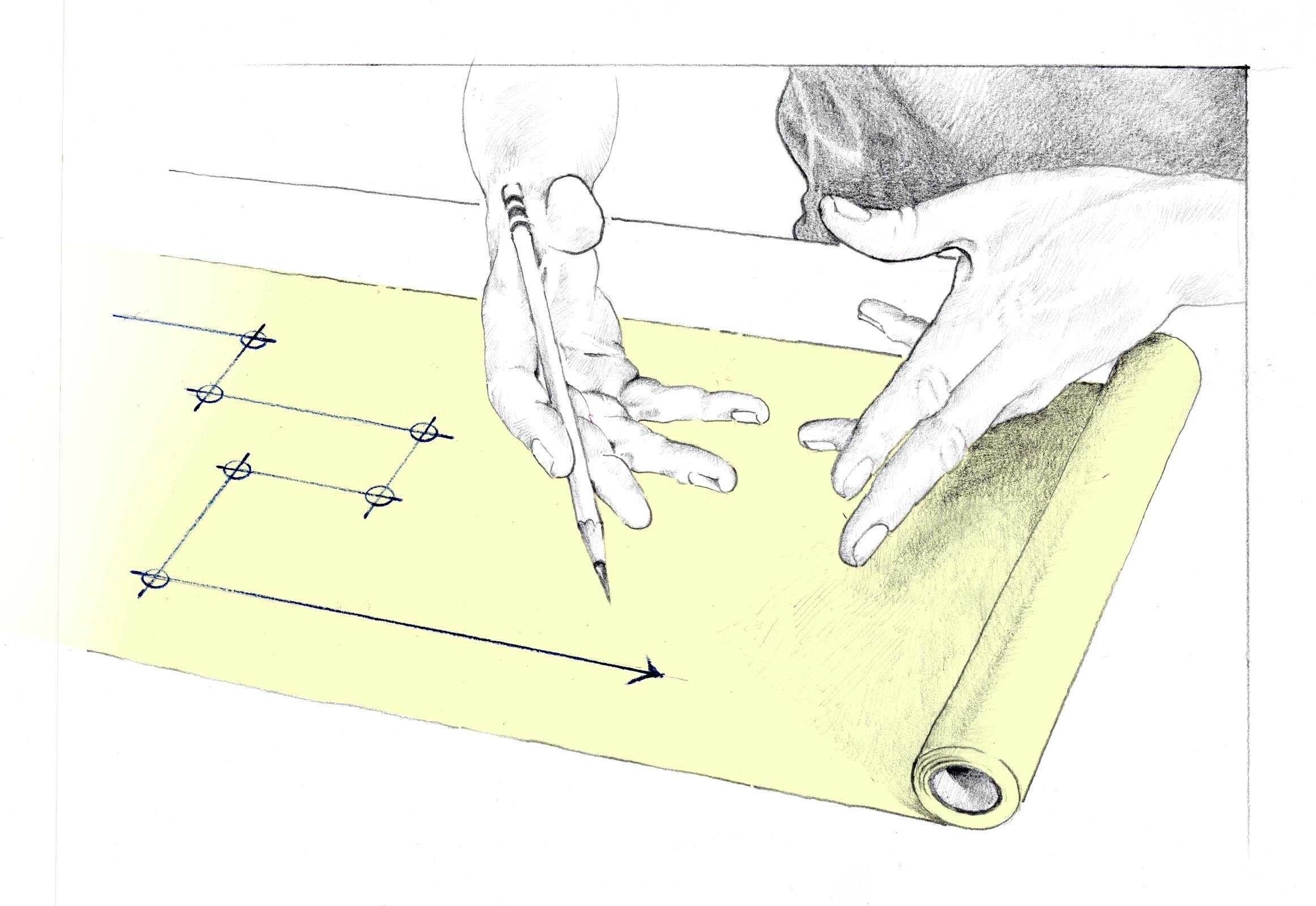New construction: the Six phases
Projects usually have the following phases: An introductory “Predesign” phase, and five subsequent phases considered the “Basic Services.” Phases may be combined to reduce cost or time frame.
STEP 1: Programming/Planning/Deciding What to Build
The client and architect discuss the requirements for the project. Together, we explore the fit between the client's needs, wants, wishes and budget. The project and its program can also be researched for compatibility with local agency policies to help minimize the regulatory hurdles.
STEP 2: Schematic Design/Rough Sketches
The architect prepares a series of rough sketches, known as a schematic design, which show the general arrangement of rooms and of the site. We can also prepare physical or computer models to help visualize the project. The client approves these documents before proceeding to the next phase.
STEP 3: Design Development/ Refining the Design
The architect prepares more detailed drawings to illustrate other aspects of the proposed design. Floor plans show all the rooms in correct size and shape. Outline specifications are prepared, listing the major materials and room finishes.
STEP 4: Preparation of Construction Documents
Once the client has approved the design, the architect prepares detailed drawings and specifications, which the contractor will use to establish actual construction cost and build the project. These drawings and specifications become part of the building contract.
STEP 5: Hiring the Contractor
The client selects and hires the contractor. If requested, the architect can make recommendations. The architect helps prepare bidding documents. This service is usually accompanied by letters inviting the contractors to bid, and providing instructions on how the bid should be structured.
STEP 6: Construction Administration
While the contractor will physically build the project, the architect assists the client in making sure that the design is built according to the plans and specifications. The architect can make site visits to observe construction, review and approve the contractor's applications for payment, and generally keep the client informed of the project's progress.

